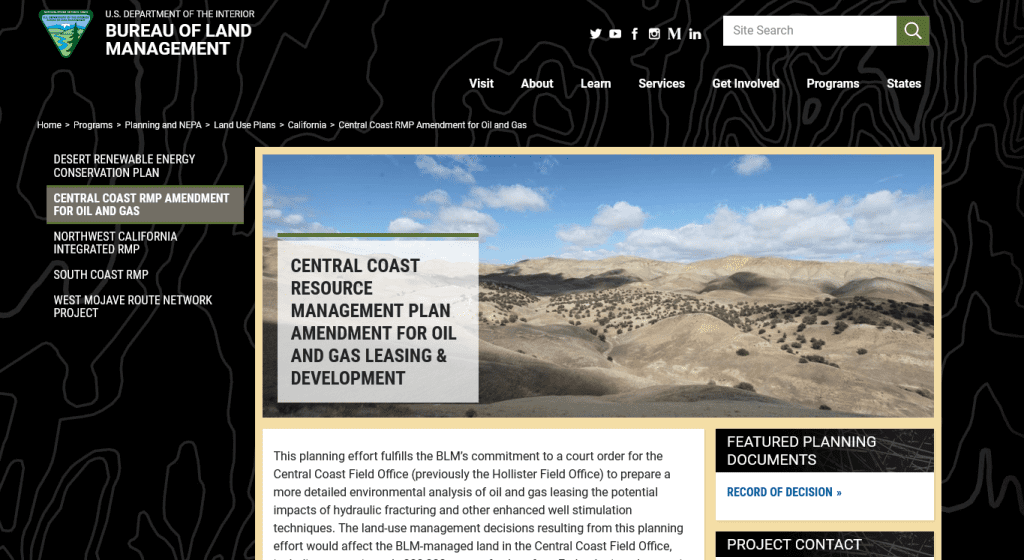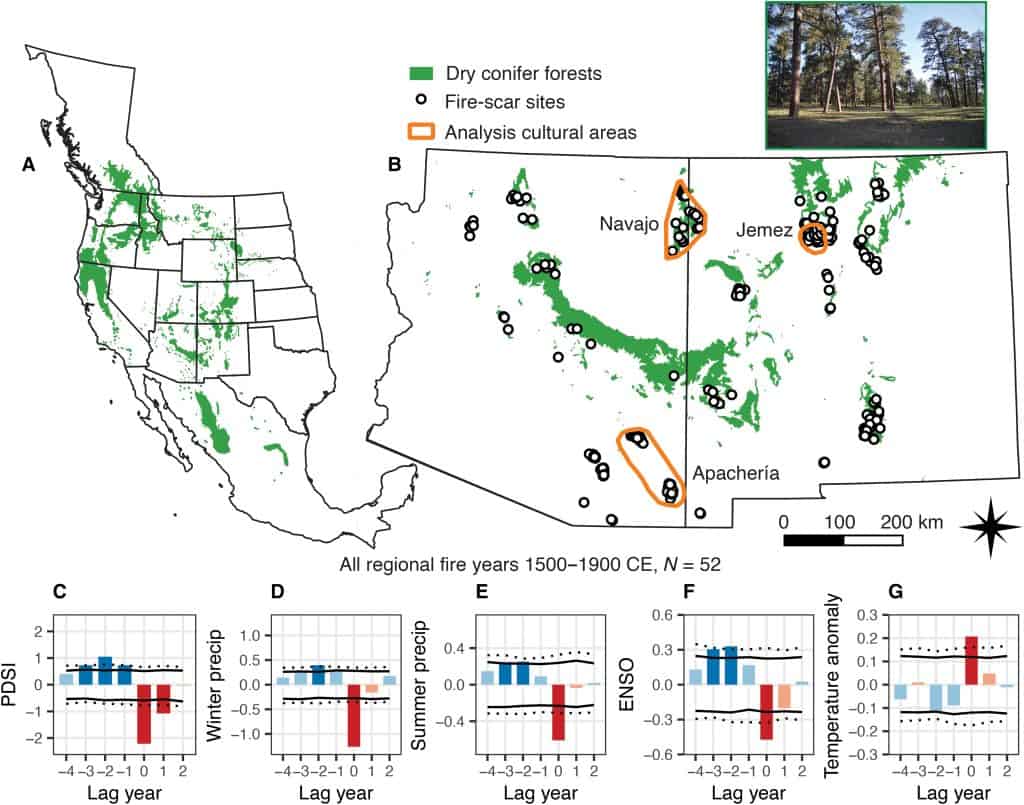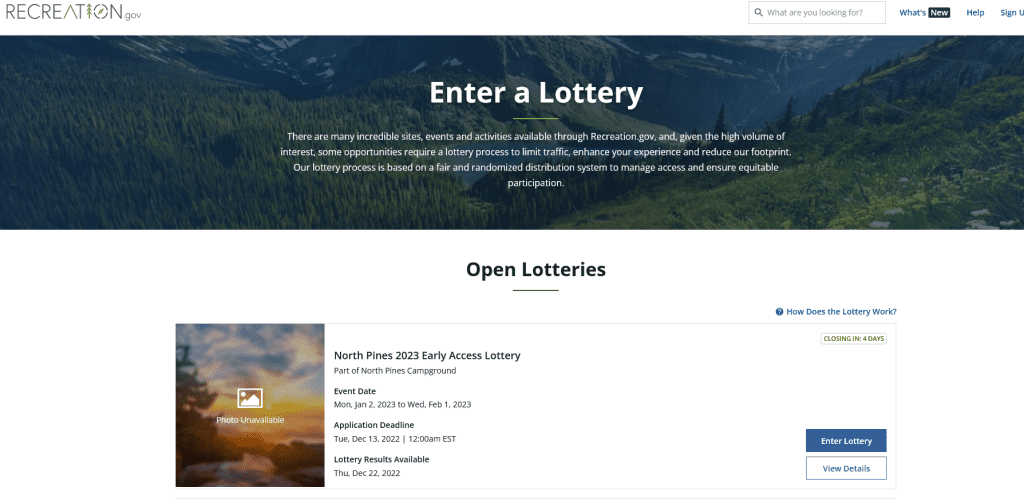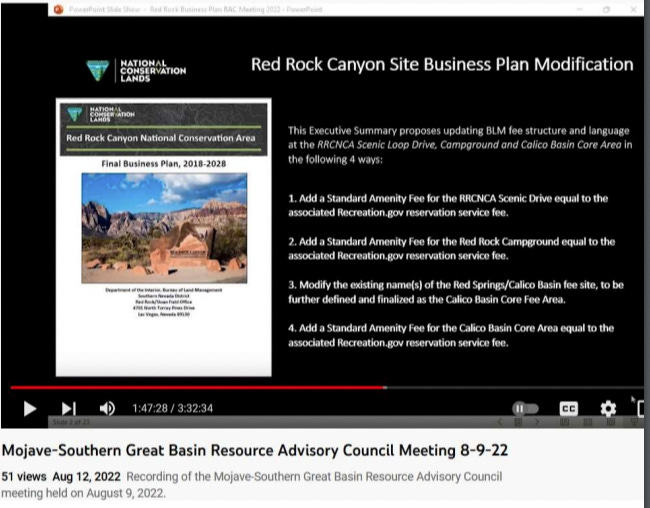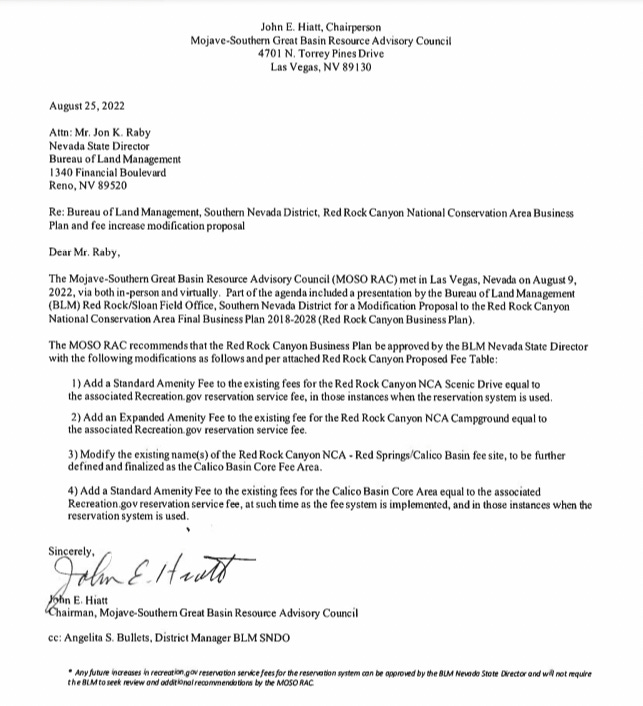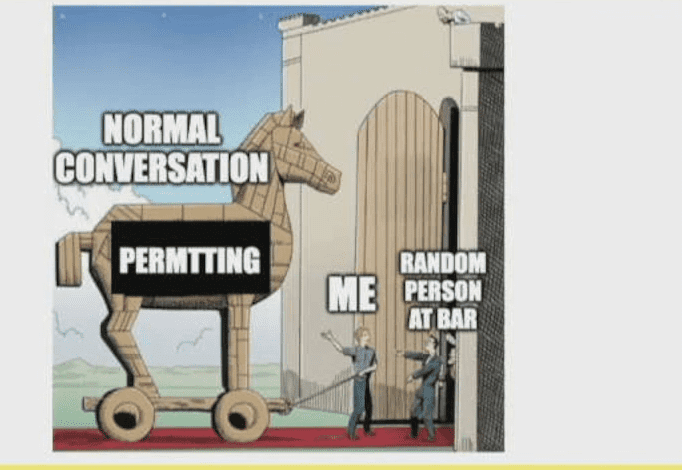Sorry for this long post, but it is a long and complex bill and I only hit part of it.
There was an interesting article in E&E News about permitting reform.
“I understand, and I’ve tried to give to senators the reassurance that the transmission and grid issues — the promotion of renewable and alternative energies — have to be dealt with, but not like this,” he continued. “Taking a hatchet to [the National Environmental Policy Act] is not the way to go.”
It seems like to Grijalva, any changes to NEPA are off the table. Which doesn’t seem rational to me (is there a human institution that couldn’t be improved in some way?).. but that’s politics.
The chair feared, he said, a scenario where leadership would offer a “trade” in which advocates would get a vote on the environmental justice bill while also having to swallow the permitting overhaul in the NDAA.
Representatives from several environmental justice groups met with staff for House Speaker Nancy Pelosi (D-Calif.) last week, and many left Capitol Hill with that same sense of foreboding, said one attendee of the meeting granted anonymity to speak candidly.
Grijalva said he has already told leadership the “EJ for All Act” should be brought to the floor under three specific parameters.
One is that only approved changes could be made to the “cumulative impacts” portion of the bill.
That title of the legislation, perhaps the most polarizing even among Democrats, would require permitting decisions under the Clean Water Act and Clean Air Act to account for the cumulative effects of harmful emissions.
So what’s in the EJ for All Act? It seems to me that it was perhaps written to deal with urban kinds of problems. The intentions are great (everyone should have equal access to healthy communities and to decision-making)I, but difficulties may well reside in the details. I tried to interpret this through a lens of “poor and Tribal communities who do not want renewable energy development” and “poor and Tribal communities who want fuel treatment projects” and couldn’t see if those relate to this. In the fact sheet, it says about NEPA:
National Environmental Policy Act (NEPA) – Requires federal agencies to provide early and meaningful community involvement opportunities under NEPA when proposing an action affecting an environmental justice community. Ensures robust Tribal representation throughout the NEPA process for an activity that could impact an Indian Tribe, including activities impacting off-reservation lands and sacred sites.
and
Requires consideration of cumulative impacts in permitting decisions under the Clean Water Act and the Clean Air Act and ensures that permits will not be issued if the project cannot demonstrate a reasonable certainty of no harm to human health.
This seems fairly stringent to me.. “no harm” but perhaps things like CWA and CAA do not regulate transmission lines, solar and wind facilities, and nuclear? Seems unlikely, but… Also in our area, renewable energy occurs on private lands so isn’t subject to NEPA.
A fair and just transition to a pollution4 free economy is necessary to ensure that workers 5 and communities in deindustrialized areas have ac6 cess to the resources and benefits of a sustainable
7 future. That transition must also address the eco8 nomic disparities experienced by residents living in 9 areas contaminated by pollution or environmental 10 degradation, including access to jobs, and members
11 of those communities must be fully and meaningfully 12 involved in transition planning processes.
13 (11) It is the responsibility of the Federal Gov14 ernment to seek to achieve environmental justice, 15 health equity, and climate justice for all commu 16 nities.
There’s a definition for low-income communities..
LOW-INCOME COMMUNITY.—The term 13 ‘‘low-income community’’ means any census block 14 group in which 30 percent or more of the population 15 are individuals with an annual household income 16 equal to, or less than, the greater of— 17 (A) an amount equal to 80 percent of the 18 median income of the area in which the house19 hold is located, as reported by the Department 20 of Housing and Urban Development; and
21 (B) 200 percent of the Federal poverty 22 line.
It would be interesting to see a map of these areas, and where they are close to federal lands.
Here’s a policy statement:
Potential environmental and climate threats to environmental justice communities merit a higher level of engagement, review, and consent to ensure that communities are not forced to bear disproportionate environmental and health impacts.
It seems to me that this bill is about “keeping bad things that people do from happening.” Whereas disproportionate climate impacts can be due to lack of infrastructure and resilience in EJ communities.. so pointing those kinds of projects to EJ communities might be equally important. Certainly Congress could require this from agencies, or maybe it already does?
If some areas are to be deindustrialized, then other areas must become industrialized (where rich white people live?), or perhaps we can just get rid of industry? Most countries have an industrial policy, perhaps ours needs a deindustrial policy? What about keeping the industry production and jobs, and reducing the pollution?
What if an EJ community supports a project, but it doesn’t pass the new legal bar of “reasonable certainty of no harm to human health?” and the project is litigated on that basis? What does it mean to have community support? Is that evidenced via elected officials or opinion leaders or ???
In the bill, there’s a mandatory training requirement for every employee of DOE EPA DOI and NOAA, as far as I can tell not USDA. So conceivably DOI firefighters for example, but not USDA?
I’ll defer to the legal experts at TSW, but it seems to me that there are a variety of legal hooks in this bill that are likely to be used by people opposed to all kinds of projects. And many opportunities for arguing that something is disproportionate.
Here’s what the bill says about NEPA . It seems like agencies might do the outreach anyway, but it sounds like analysis would be added that focuses on the “ej community”?
(f) National Environmental Policy Act Requirements For Environmental Justice Communities.—When carrying out the requirements of the National Environmental Policy Act of 1969 (42 U.S.C. 4321 et seq.) for a proposed Federal action that may affect an environmental justice community, a Federal agency shall—
(1) consider all potential direct, indirect, and cumulative impacts caused by the action, alternatives to such action, and mitigation measures on the environmental justice community required by that Act;
(2) require any public comment period carried out during the scoping phase of the environmental review process to be not less than 90 days;
(3) provide early and meaningful community involvement opportunities by—
(A) holding multiple hearings in such community regarding the proposed Federal action in each prominent language within the environmental justice community; and
(B) providing notice of any step or action in the process under that Act that involves public participation to any representative entities or organizations present in the environmental justice community, including—
(i) local religious organizations;
(ii) civic associations and organizations;
(iii) business associations of people of color;
(iv) environmental and environmental justice organizations, including community-based grassroots organizations led by people of color;
(v) homeowners’, tenants’, and neighborhood watch groups;
(vi) local governments and Tribal Governments;
(vii) rural cooperatives;
(viii) business and trade organizations;
(ix) community and social service organizations;
(x) universities, colleges, and vocational schools;
(xi) labor and other worker organizations;
(xii) civil rights organizations;
(xiii) senior citizens’ groups; and
(xiv) public health agencies and clinics; and
(4) provide translations of publicly available documents made available pursuant to that Act in any language spoken by more than 5 percent of the population residing within the environmental justice community.
************************
Community input on the bill did not seem to involve disadvantaged rural people of whatever color (my bold).
2022 Community Input Tour
The unique community-led process for drafting the Environmental Justice for All Act was founded on the belief that policymaking should be led by the people most affected by the issue.
In early 2022, Chair Grijalva kicked off a nationwide Community Input Tour in environmental justice communities to talk about the bill and gather input about how it can be improved. For more information on each of the stops for the 2022 Community Input Tour, see the links below:
Community Input Tour: New York, March 11-12
Community Input Tour: Detroit, May 6-7
Community Input Tour: New Orleans, June 17-19
Community Input Tour: Southern California, July 8-10
Community Input Tour: Richmond, Virginia, July 16
*****************
Also it says you can provide feedback here on the bill, which I think is a great idea.. but I couldn’t figure out how.
Wouldn’t it be nice if bill language had a public comment period where you could go look up what people and groups have to say about it, and then send your own views to your elected Representative? It’s kind of ironic to me that we probably have more public (open) discussion of 300 acre fuel treatment project than a possibly extremely expensive bill that potentially ties up decarbonization efforts in ways the authors never intended.
